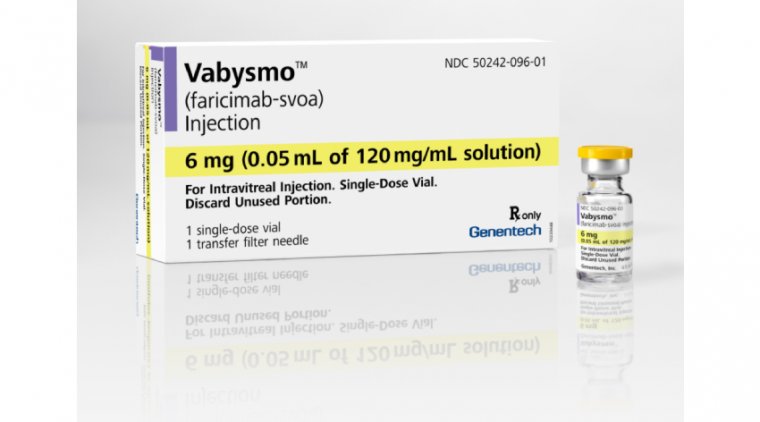
FDA Clears SB-007 Gene Therapy IND for Stargardt Disease
The FDA has cleared an Investigational New Drug (IND) application for SB-007, an adeno-associated viral (AAV) vector gene therapy targeting the root genetic cause of Stargardt disease, according to a press release from SpliceBio.
Addressing Stargardt Disease Across All ABCA4 Mutations
SB-007 is designed to potentially treat Stargardt disease caused by all ABCA4 mutations, making it a groundbreaking approach for this inherited retinal disorder. The therapy will be evaluated in the phase 1/2 ASTRA study, which is scheduled to begin in 2025. The study aims to assess the safety and efficacy of a single subretinal dose of SB-007.
Supporting Research with the POLARIS Trial
In March, SpliceBio initiated the POLARIS trial, a natural history study focused on Stargardt disease. This study is designed to:
• Evaluate disease progression.
• Refine clinical endpoints.
• Streamline eligibility criteria for the upcoming ASTRA study.
A Milestone for Gene Therapy
Dr. Miquel Vila-Perelló, CEO and co-founder of SpliceBio, emphasized the significance of the FDA’s decision:
“The FDA IND clearance of SB-007 is a significant achievement for SpliceBio and Stargardt disease patients. As the first-ever IND for a protein splicing gene therapy, it is a huge step forward to demonstrate the potential of this new therapeutic modality to address diseases caused by mutations in large genes such as ABCA4.”
This approval marks a pivotal milestone for SpliceBio’s innovative protein splicing gene therapy approach and offers new hope for patients living with Stargardt disease.
About Stargardt Disease
Stargardt disease is a genetic eye disorder that causes progressive vision loss, typically beginning in childhood or adolescence. It is the most common form of inherited juvenile macular degeneration. The condition primarily affects the macula, a central area of the retina essential for sharp, detailed vision required for tasks like reading, driving, and recognizing faces. Stargardt disease is caused by mutations in the ABCA4 gene, resulting in the accumulation of lipofuscin in the retinal pigment epithelium. This toxic buildup damages retinal cells, leading to the gradual deterioration of photoreceptors and subsequent vision loss.
(1).jpg)










